Literacy is a right. Implicit in the right to education, it is also an essential channel for the pursuit of many other human rights. Moreover, to be able to read, write and ‘reckon’ opens doors to a world of knowledge, opportunity, and personal empowerment. Yet for 750 million people worldwide, two thirds of whom are women, this door is closed, and with it, entry to full engagement in the social and economic life of their community and country. Although much progress has been made in global literacy in recent decades, gender disparities in youth literacy rates persist in almost one in five countries. On International Literacy Day, we consider what it will take to close the literacy gender gap, and, in the process, harness the power of literacy learning to promote gender equality.
Literacy, gender and the ‘learning crisis’
Literacy is a contested and continuously evolving term with multiple connotations. Functional literacy, as in the level of skill in reading and writing required to cope with social and economic life as an adult, is clearly different from achieving proficiency in an early grade reading assessment. The OECD definition of literacy includes the ability to ‘achieve one’s goals, and to develop one’s knowledge and potential.’ However, in the context of international development, literacy is increasingly equated with reading ability in a more utilitarian sense — a skill that a student possesses rather than how (s)he puts it to use.
As schools remain the main sites in which young people acquire core literacy skills, youth literacy levels are inevitably tied to education access, retention, and quality of learning. As education access levels go up, it should follow that literacy levels rise in parallel. However, figures released by UNESCO Institute for Statistics (UIS) last year reveal a ‘learning crisis’ with 6 out of 10 children and adolescents worldwide (617 million) not achieving minimum standards in reading and mathematics. Of the 387 million primary school-aged children unable to read proficiently, 262 million (68%) are actually in school. Furthermore, about 137 million adolescents of lower secondary school age are unable to read proficiently even though they have completed primary school.
There is a pressing need for in-depth research to investigate why so many young people are finishing primary school without adequate literacy skills. And it is here that questions about the gendered nature of the learning environment, teaching materials and pedagogical approaches are of particular significance. It is noteworthy that in all countries where gender parity in literacy has been achieved, girls actually outperform boys in achievement levels. A critical question then is how is literacy being taken up differently by girls and boys in different regions of the world?
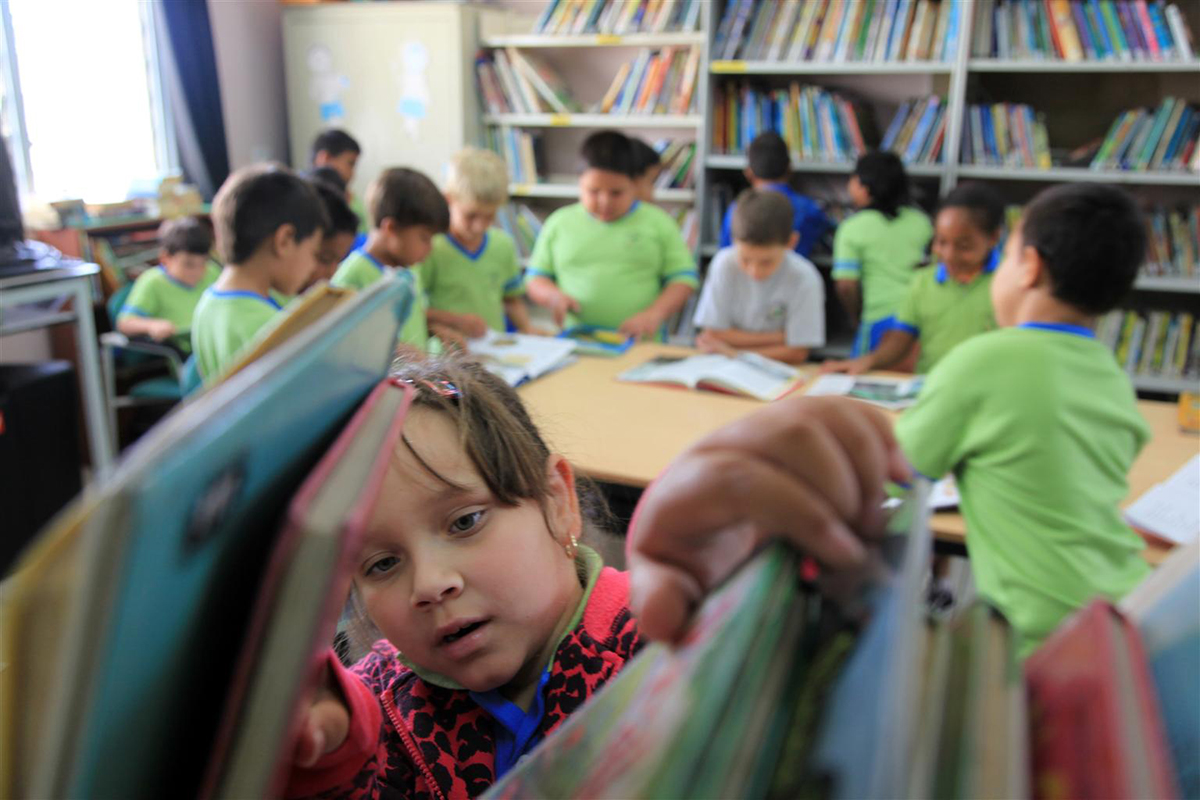
Harnessing the potential of literacy to promote gender equality
In her report Girls’ empowerment through language and literacy, Jennifer Thompson emphasises the importance of differentiating between the multiple and intersecting forms of marginalisation that girls and boys face in literacy learning. Given that one of the key outcomes of literacy is personal empowerment, the process of acquiring literacy skills presents an important opportunity to promote gender equality. The question is what will it take to close the gender gap in literacy and harness its potential? In the context of Africa, Thompson’s research review points to a number of critical elements:
Teachers & pedagogy: As key agents of change in classrooms, teachers play a central role in designing and implementing approaches to literacy which address dominant gender norms and inequalities. Critical factors in this area include teachers’ beliefs, self-awareness and levels of gender sensitivity. Teacher training programmes need to include gender-responsive teaching methods and content. Participatory, learner-centred, and bilingual approaches that include early mother tongue education, especially for girls from rural and disadvantaged communities, are shown to be particularly effective for promoting literacy learning.
Learning environment: Gendered inequalities are too often reinforced in the structure and culture of schooling, with negative repercussions for literacy practices. Research suggests that whole-school, child-friendly, and gender-responsive approaches are effective in addressing widespread issues, such as school-related gender-based violence (SRGBV) and menstrual hygiene management, that can also significantly influence literacy learning outcomes. Critical factors for promoting girls’ literacy skills include smaller class sizes, female teachers, and parental literacy levels.
Literacy materials: The lack of reading materials for literacy learning remains a major issue in countries where the learning crisis is most prevalent. Nevertheless, projects such as the Global Book Alliance present important opportunities for closing the literacy gender gap. With existing learning materials, and especially in textbooks, most research points to continued gender bias. Attention is particularly needed to the frequency and gender representation of characters — their status, roles, activities, personalities, behaviours, and more. Thompson points out that, given the central role of sexual health in changing girls’ life paths, literacy materials that address questions of sexuality are increasingly key to both survival and empowerment.
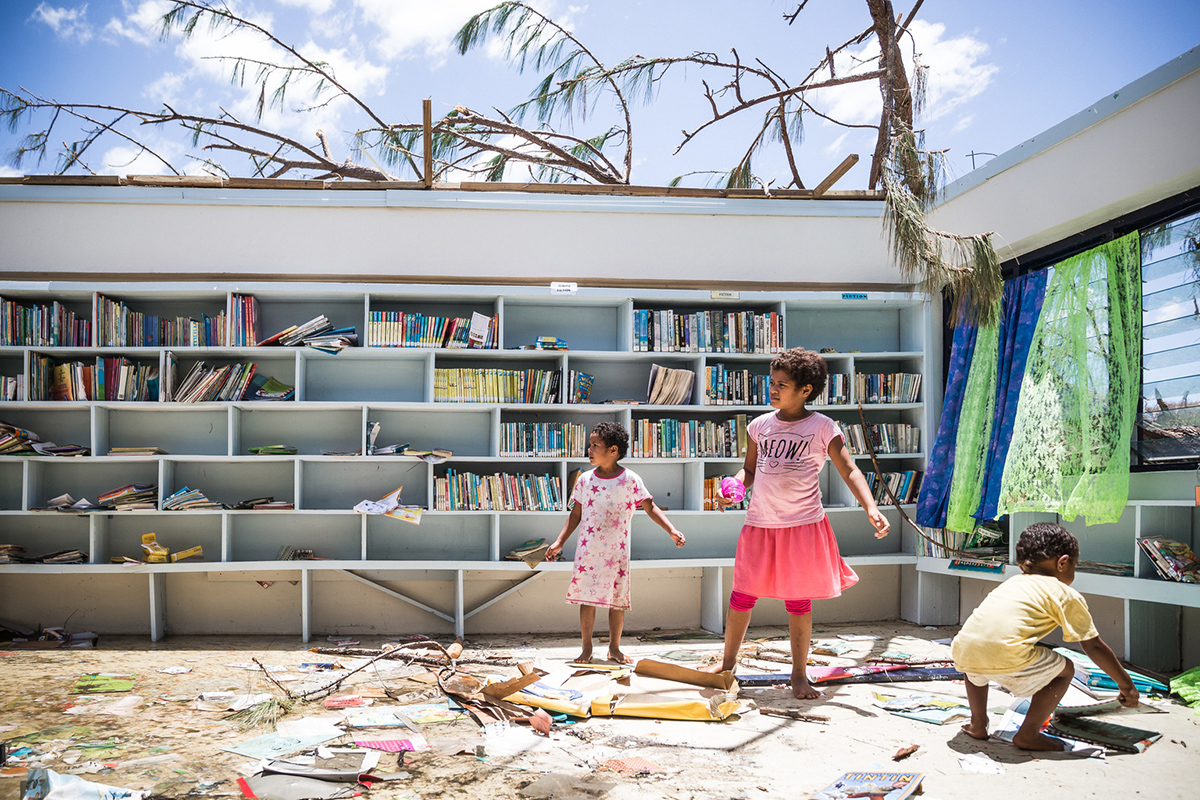
Research agenda, new literacy skills and routes forward
While we cannot afford to divert attention from issues that stand in the way of gender parity in education access, for the transformative potential of education to be realised the ‘learning crisis’ must also be addressed. And here, approaches to literacy teaching and learning are key. As Thompson notes, there is a significant research gap when it comes to addressing questions about what works to strengthen the literacy practices of girls and boys in different contexts. This gap presents important opportunities for establishing a meaningful gender and literacy research agenda, which must also take into account new literacies.
As Plan International CEO Anne-Birgitte Albrectsen highlighted this week, a critical dimension of the gender agenda includes the need to “give girls the tools, skills and opportunities they need to succeed in and — critically — drive a digital future.” There is no doubt that gender equality cannot be achieved without gender parity in both traditional and new literacy skills. The potential for digital technologies to enhance literacy learning is great, but there is a pressing need for research to provide direction. In all these areas, much work remains to be done.
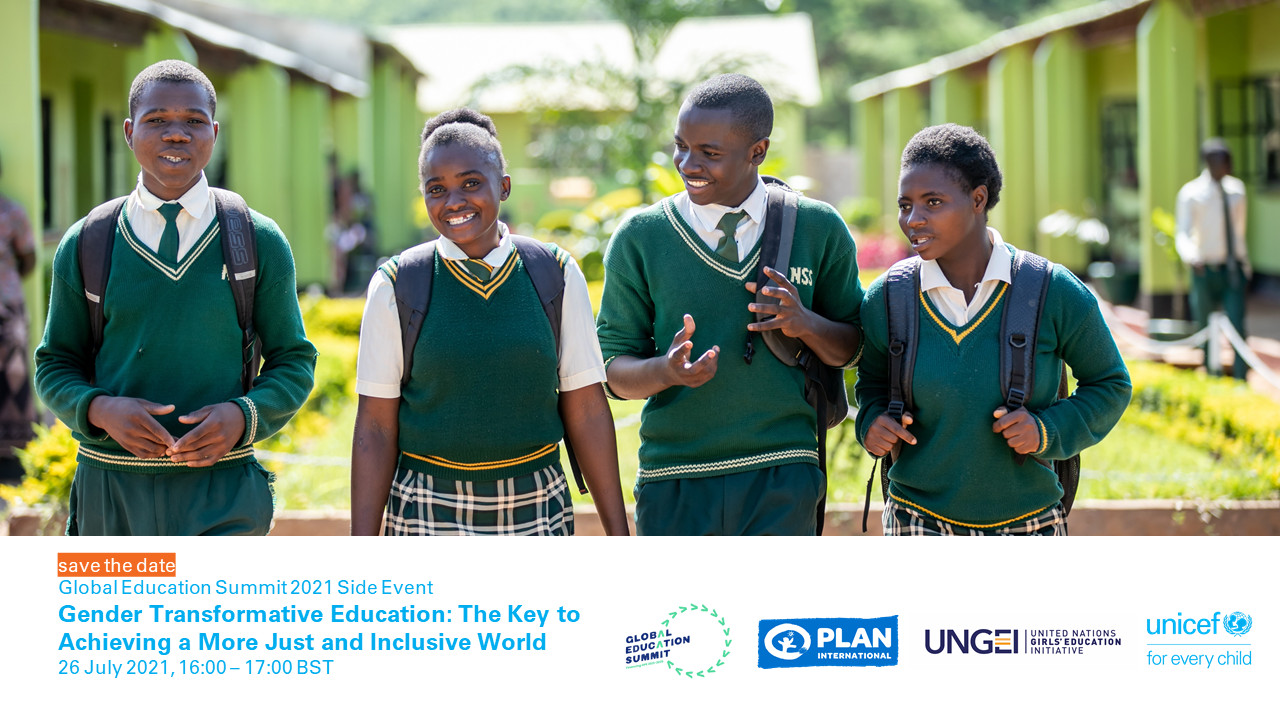
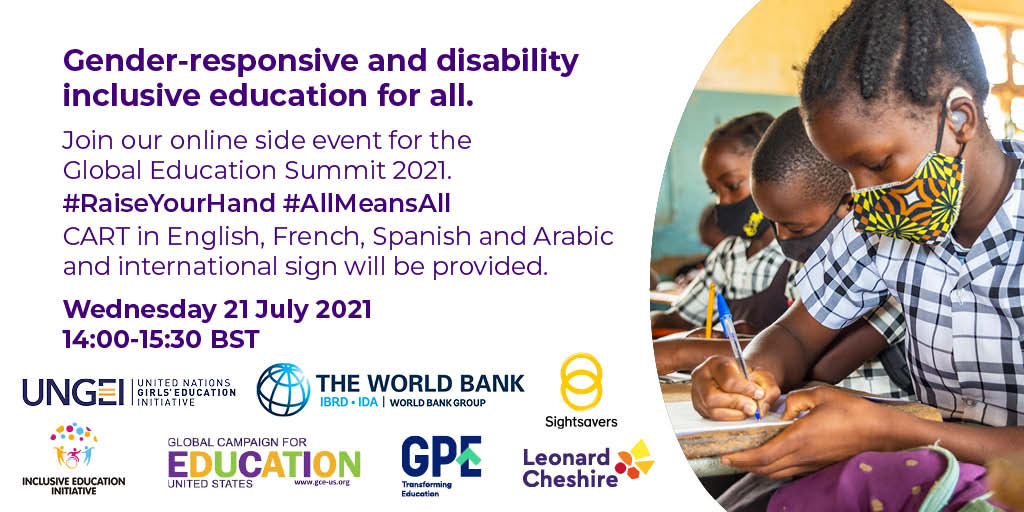
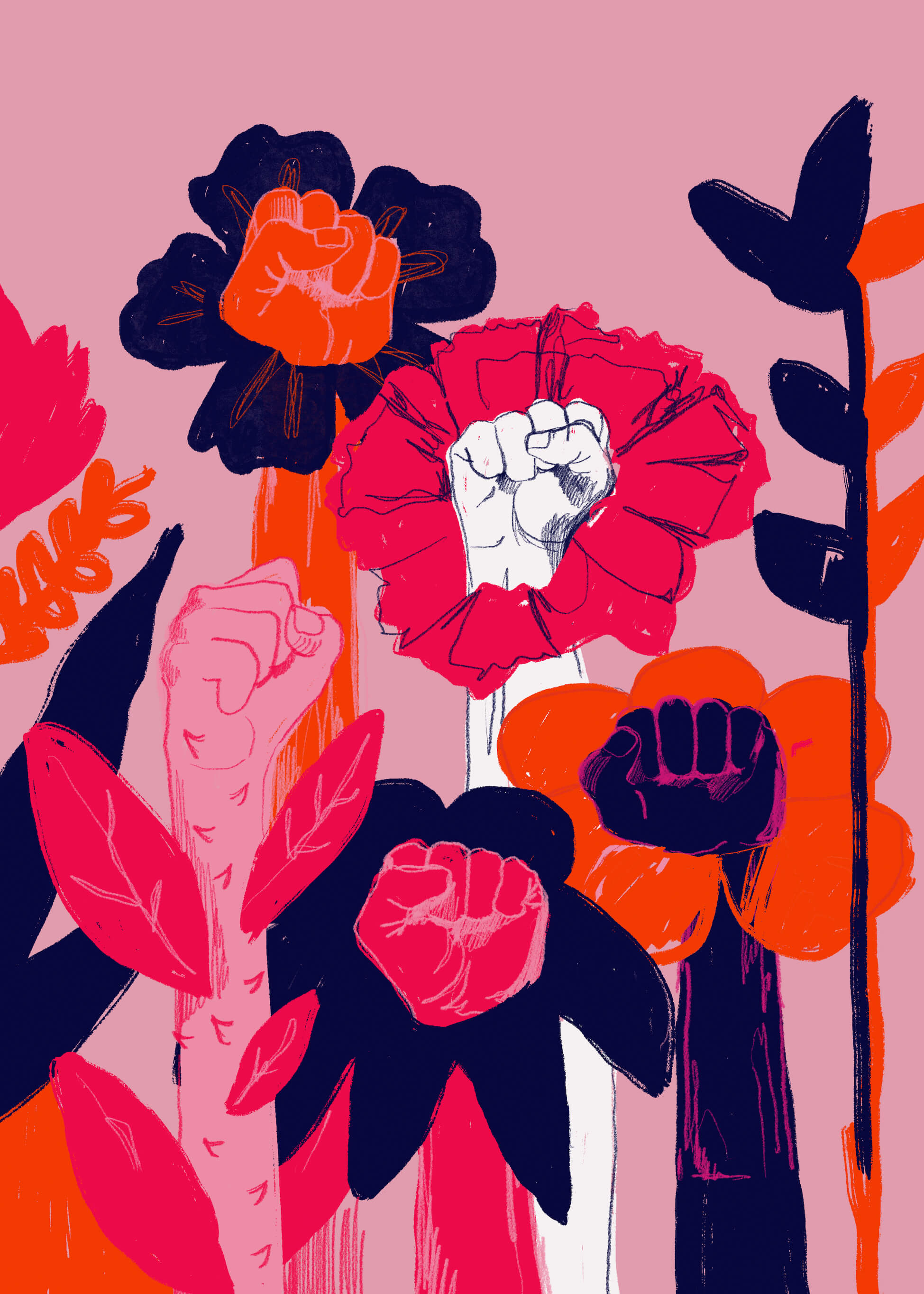
 English
English العربية
العربية Български
Български Hrvatski
Hrvatski Čeština
Čeština Dansk
Dansk Nederlands
Nederlands Suomi
Suomi Français
Français Deutsch
Deutsch Ελληνικά
Ελληνικά हिन्दी
हिन्दी Italiano
Italiano Română
Română Русский
Русский Español
Español Maltese
Maltese Zulu
Zulu አማርኛ
አማርኛ